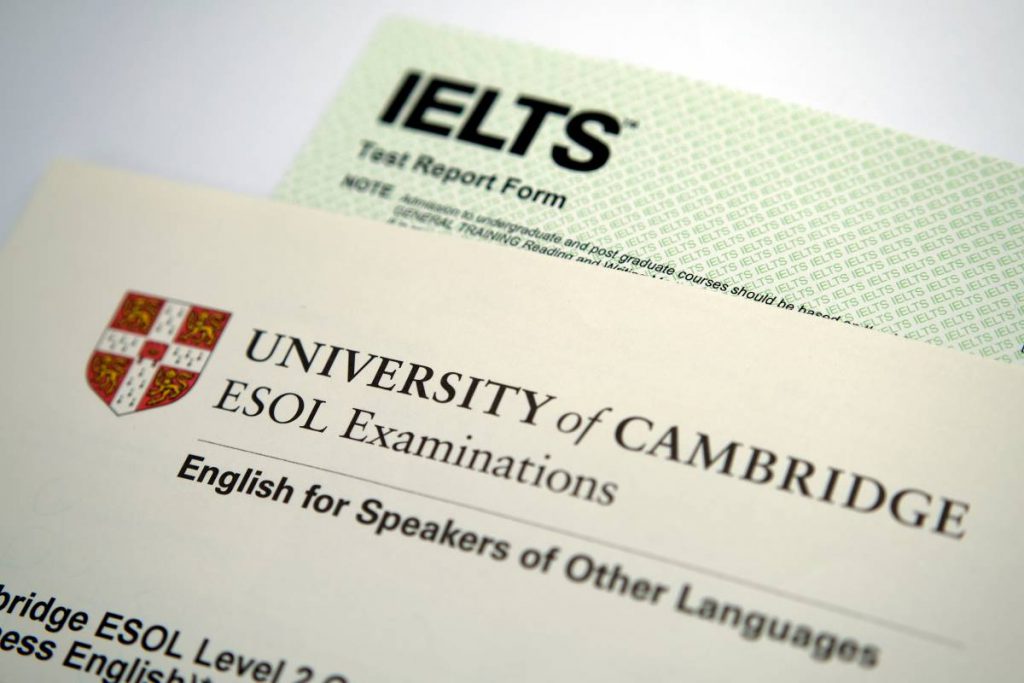The Canadian Revenue Agency uses a Social Insurance Number to identify Canadians for tax purposes. Without this, you need to acquire an Individual Tax Number.
The Difference between Individual Tax Number and Social Insurance Number
An individual tax number is given to non-Canadian residents who want to move into Canada and study or live temporarily in the country but do not have a social insurance number or are not eligible for it. On the other hand, a social insurance number is a nine-digit code necessary for Canadians who want to work in Canada or enjoy the government’s benefits. This number is only eligible for Canadian citizens, temporary or permanent residents.

Who Can Apply For an ITN?
Non-resident individuals from foreign countries are the primary people who can apply for an ITN. You gain a non-residency status if you:
- Live in another country and are visiting Canada temporarily;
- Don’t have any tangible ties in Canada;
- Spend less than 183 days of the tax calendar out of Canada;
- Reside outside of Canada throughout the tax year.
The Requirements and Documentation Needed
Before applying for an ITN, you must check a few boxes to ascertain your eligibility for this digit. You must be:
- A non-resident filing for a waiver or reduction of Canadian withholding tax;
- A non-resident looking to file a Canadian tax income return;
- A non-resident looking to file a Canadian tax income return for election under section 216;
- A non-resident looking to sell taxable property;
- An international student without a work permit.
You can apply for an individual tax number if you check one or more of these boxes. Whether you complete the process online or physically at the Canadian Tax Agency premises, you must have the following documents:
- A valid passport, driver’s license, or other legal documents;
- Your full names as indicated on your primary identification document;
- The foreign residence address;
- A mailing address;
- Date and country of birth;
- Contact number.
When, Where, And How You Can Apply
You can apply for an ITN all year round, but ensure you send your application earlier to avoid inconveniences. The application forms are available all year round in physical and virtual options. Visit the Canadian Tax Agency website, search for ITN application forms, and print them.
Fill out each necessary box and attach the required documents. Once you fill out the form, send it to Canada’s Revenue Agency office by mail or drop them off physically. You should note that the agency does not accept fax or emailed applications with scanned documents.
Can You Apply From Abroad?
The application for an ITN can be made from abroad if you have all the necessary documents within your grasp, but the process is much faster when you do it from Canada. Nevertheless, it would be best if you considered calling Canada Revenue Agency before mailing your application to avoid delays and confirm the documents you need for a successful application.
Can You Work With An ITN?
Unfortunately, you can’t find employment in Canada using an ITN. If you want to work here and enjoy other government benefits, apply for a work permit and a social identification number.
What To Do If You Lost Your ITN
In the unfortunate event that you lose the individual tax number, contact the Canada Revenue Agency for help. They will replace your previous card with a new one, but you will retain the ITN number. The agency only replaces this code if they suspect it’s been used for fraud.
Cost, Validity, And Processing Time
Applying for an ITN is free. The only costs you may have to incur are mail charges. Otherwise, everything else comes cost-free. Processing this document takes anything between 4 – 6 weeks. Therefore, you should send in your application early enough to give the agency time to complete the processing in time for you to use it.
If, after the said six weeks, there’s a delay in contacting you regarding the status of your ITN number, you should contact the Canada Revenue Agency for more details. An ITN does not have an expiration date when it comes to validity, so you can use it as long as you’re within Canada for tax purposes.






